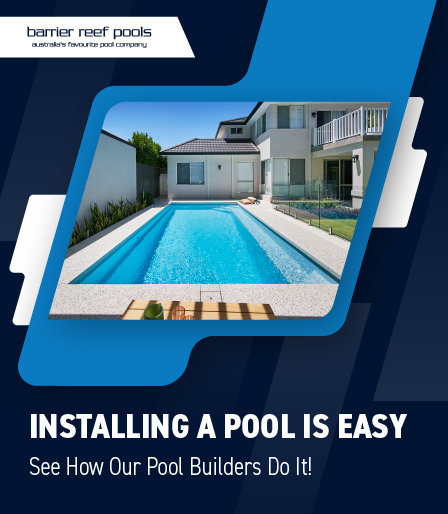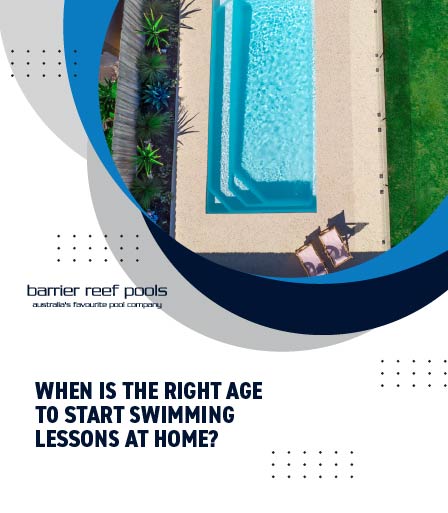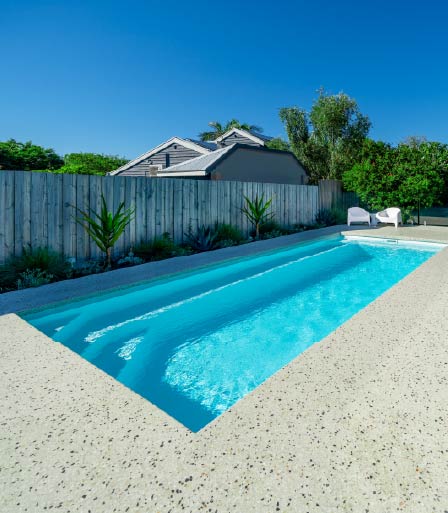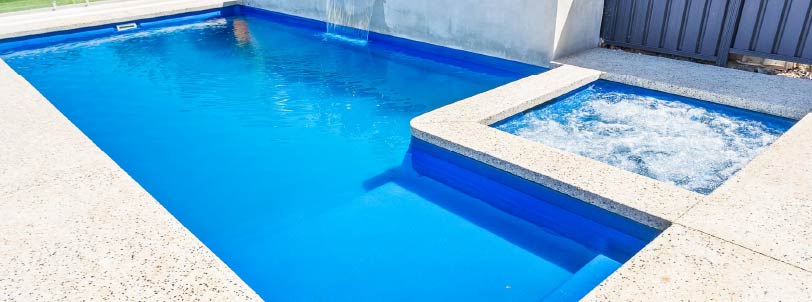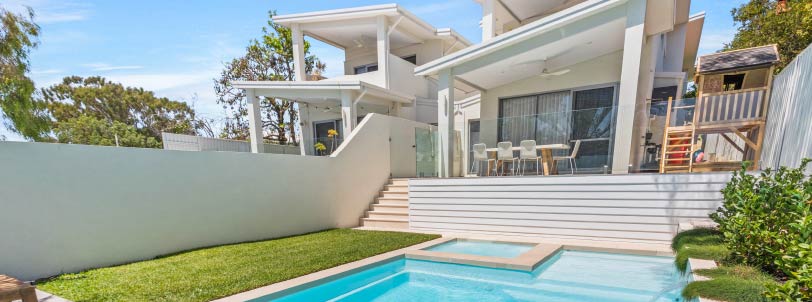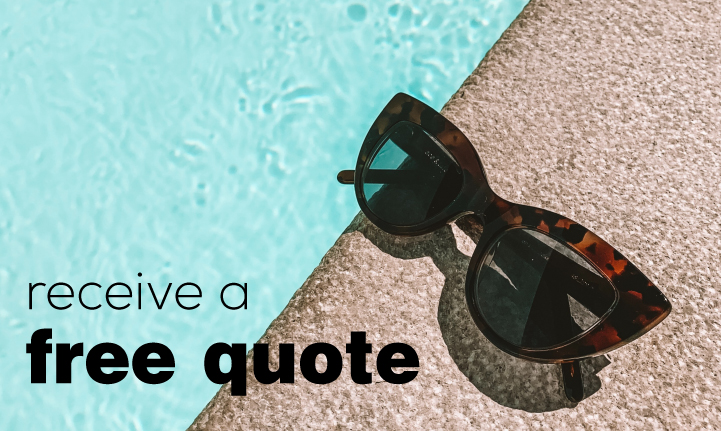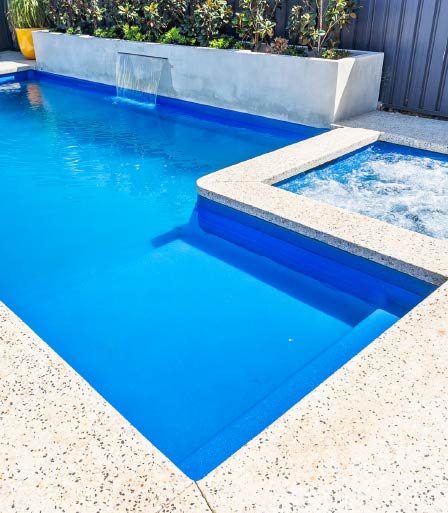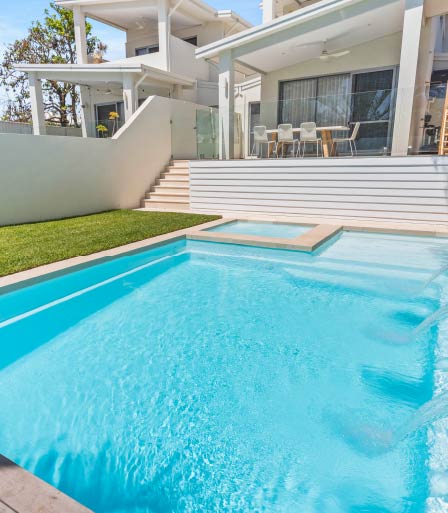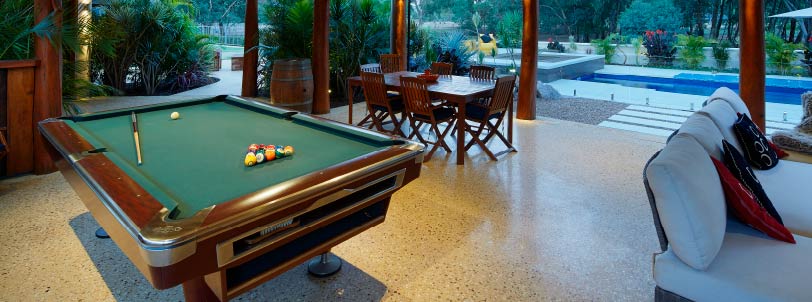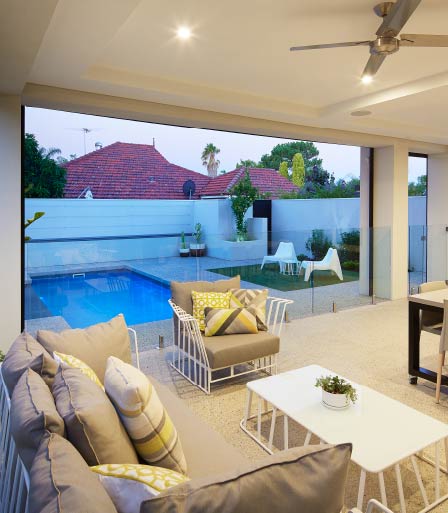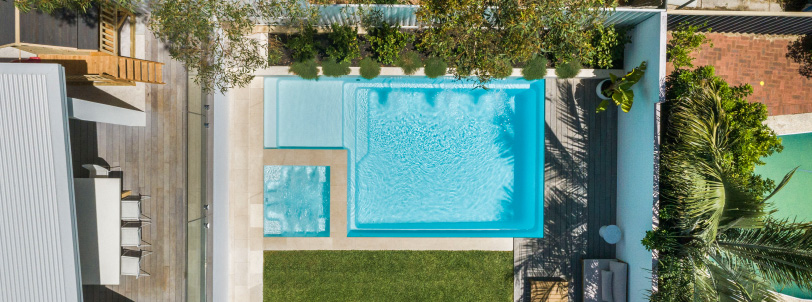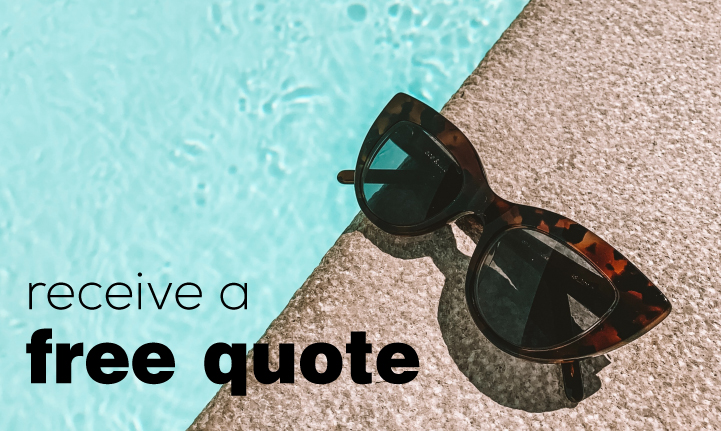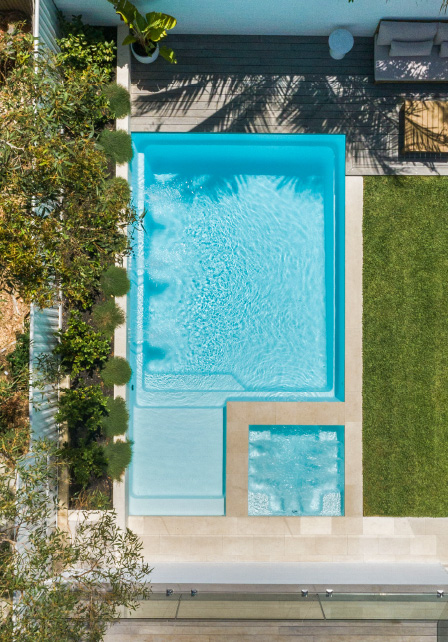Teaching Pool Safety Rules Without Scaring the Kids
As a pool owner or someone considering installing a pool, you’re probably already aware of the excitement that comes with owning your own private swimming oasis. Whether you’re planning to use it for family fun, relaxation, or exercise, one thing remains crucial: ensuring the safety of everyone who steps into the water, especially the kids. While it’s essential to teach pool safety, it's equally important to do so in a way that doesn’t frighten children or make them feel anxious around water. The key lies in instilling safety habits early on and creating a positive, enjoyable environment for learning. Let’s dive into some effective strategies to teach pool safety rules without scaring the kids.


1. Start with the Basics: Why Safety Matters
Before diving into specific rules, it’s important to have a conversation with your children about pool safety. Keep the tone light and informative, but make sure they understand why safety is essential. You can explain that pools are fun but require some rules to make sure everyone stays safe.
Kids are naturally curious, so use simple language and focus on positive aspects like “we wear sunscreen to keep our skin safe” or “we listen to the lifeguard to stay safe and have fun!” This way, children can understand that safety measures are there to protect them and enhance their experience, rather than limit their enjoyment.
2. Establish Clear and Simple Pool Safety Rules
When teaching pool safety, consistency and clarity are key. Here’s a list of essential pool safety rules that every child should know:
- No Running: Emphasize that running near the pool is dangerous because the surface can be slippery. Instead, encourage walking calmly around the pool.
- Never Swim Alone: Make sure your child understands the importance of always having a responsible adult nearby. It’s also a good idea to establish a “buddy system” for older children who may want to swim with friends.
- No Diving in Shallow Water: Diving should only be done in deep areas of the pool. Explain this rule by showing the difference between shallow and deep areas.
- Wait 30 Minutes After Eating: Teach kids to wait after eating before getting into the pool to avoid cramps or discomfort.
- Use Floatation Devices Wisely: While floatation devices like arm floaties can provide extra support, remind children they are not substitutes for learning how to swim properly.
By keeping the rules simple and age-appropriate, your child will understand them easily, and they will feel more confident in their own safety and their ability to enjoy the pool responsibly.


3. Make Pool Safety Fun and Engaging
Kids are more likely to follow pool safety rules if they’re part of the learning process and enjoy it. Here are some creative and fun ways to reinforce pool safety:
Play Safety-Themed Games
Turn the safety rules into games. For example, use a simple “safety scavenger hunt” to reinforce pool safety rules. You can ask them to find a lifejacket or spot the pool’s shallow area. This not only keeps the learning process interactive, but also helps kids associate safety with positive experiences.
Introduce Pool Safety Songs
There are a number of catchy, pool-safety-themed songs out there that make it easy for kids to remember important rules. You can create your own song or find fun safety songs online. Music and rhythm are powerful tools for memory, and this can be a playful yet effective way to get kids to retain crucial safety tips.
4. Teach Pool Safety Through Swimming Lessons
Enroll your children in formal swimming lessons where safety is prioritized. Most swimming instructors teach safety skills such as floating, treading water, and how to get out of the pool safely. As children practice these skills, they’ll not only gain confidence in the water but also learn how to handle themselves in emergency situations.
If your child is still a beginner, focus on teaching them basic floating techniques and how to return to the edge of the pool. These fundamental skills can make all the difference in an emergency and will help your child feel more comfortable and competent in the water.


5. Model Safe Behavior Yourself
Children often mimic the behaviors of the adults around them. As a parent, pool owner, or guardian, your actions and attitude towards pool safety will set a powerful example. Always adhere to the safety rules you’ve set for your kids. If you model the behavior you expect from them, they’ll be more likely to follow suit.
For example, always use the pool cover or gates when the pool is not in use, and ensure that your pool area is properly secured. Show your children that you take pool safety seriously, and they’ll understand it’s not just about following rules—it’s about making good habits part of a healthy lifestyle.
6. Don’t Overwhelm Them with Too Much Information
While it’s important to teach kids pool safety, it’s equally important not to overwhelm them with too many rules or safety details all at once. Try to keep it simple and focus on one or two key concepts at a time, reinforcing them through repetition.
When introducing new safety rules or concepts, take it slow. For example, start with the basics of “no running” or “always have an adult around,” and as they become comfortable, you can add more specific rules about water depth or what to do in an emergency.
Conclusion: Pool Safety is an Ongoing Conversation
Pool safety doesn’t stop after one lesson—it’s an ongoing conversation that should continue as your children grow and become more confident in the water. Whether you’re teaching them how to float or how to recognize the sound of a pool alarm, you’re fostering skills that will last a lifetime.
By presenting pool safety as fun, interactive, and empowering, you’ll help your children understand its importance without making them anxious. In the end, your goal should be to create a safe, welcoming space where everyone can enjoy the water with confidence.
Ready to Create Your Dream Pool?
If you’re considering installing a pool, safety should be at the forefront of your design process. Whether you’re looking to add safety features like fences, covers, or alarms, or you need expert advice on creating a pool environment that’s both beautiful and safe, our team at Barrier Reef Pools is here to help.
Contact us today to discuss your pool-building needs, and let’s make sure that your backyard is both a fun and safe haven for everyone!
By focusing on these fun yet practical approaches, you can make pool safety second nature for your children while ensuring their enjoyment of the water. Let safety be a positive aspect of your pool experience—one that promotes both fun and security in equal measure.


